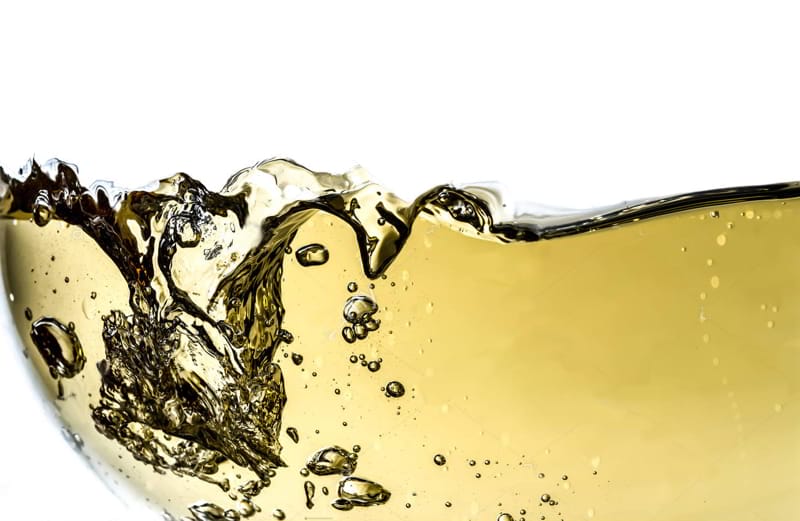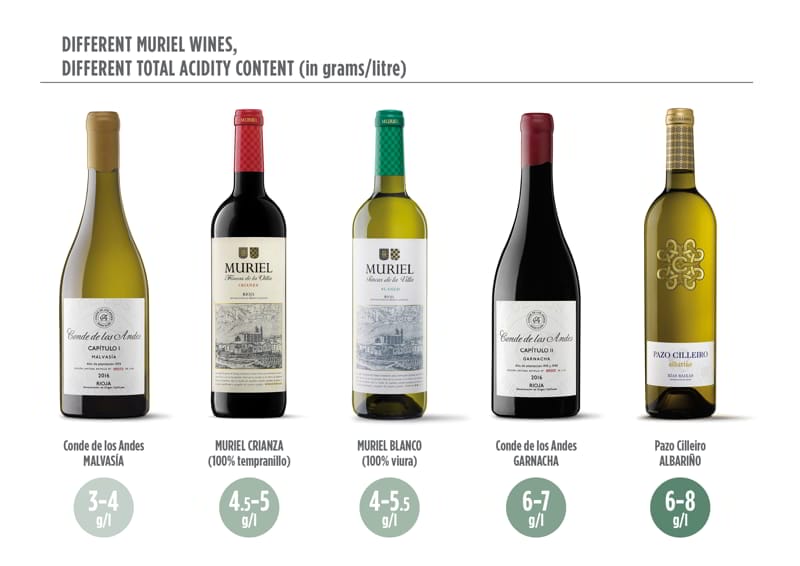In wine, there are few components as essential as acidity. It forms its nervous system, a kind of electric pulse that provides vivacity, freshness and longevity. From a biological point of view, it helps to keep microbes and bacteria at bay. And organoleptically, it is responsible for the characteristic sense of balance in a sip of wine. Balanced acidity is, therefore, a prerequisite for any wine to have good aromas and flavour and to be in good sanitary conditions.
In strict chemical terms, an acid is a solution with a pH of less than 7. The pH is the index that measures the degree of alkalinity or acidity of a substance. The organic acids present in wine come from the pulp of the grapes. When the grapes are pressed, we obtain must, and the must contains water, sugars, phenolic compounds, nitrogenates, aromas, minerals and, of course, different types of organic acids. These are the three most common:
Tartaric acid
An astringent acid that is largely responsible for a wine's acidity.
Malic Acid
Found in grapes and many other fruits. It provides freshness and slows down maturation in the bottle.
Citric acid
Found in lower amounts than the other two acids, it provides fruity notes. It is easily identified with the flavour of lemon peel.
Other wine acids of lesser importance, include:
Acetic acid
It is volatile and is caused by the oxidation of ethanol in the presence of oxygen. It is produced in small quantities during fermentation. In excessive levels, the wine would taste vinegary.
Ascorbic acid
Better known as vitamin C. Like sulphur dioxide, it helps to prevent oxidation.
Lactic acid
It is produced during wine making, especially in red wine. Once the alcoholic fermentation is complete, lactic bacteria convert malic acid into lactic acid. Technically called malolactic fermentation, it softens the wine's bouquet.
Succinic acid
It also appears during the wine making stage. It provides salty and bitter sensations that add complexity to the wine.
Sulfuric acid
It must be present in minimal quantities otherwise it would give off aromas of rotten eggs.

An excess of acidity produces green and markedly vegetal flavours, which normally means that grapes were not fully ripe at the time of picking. Acidity reduces a wine's body and increases the sensation of thinness. Finally, it should be noted that acidity is more intense in white wines, particularly in varieties such as Riesling, Sauvignon Blanc and Albariño. These are early ripening grapes that are especially adapted to cool climates, which is why maturation is sometimes limited.

You may also be interested in:




